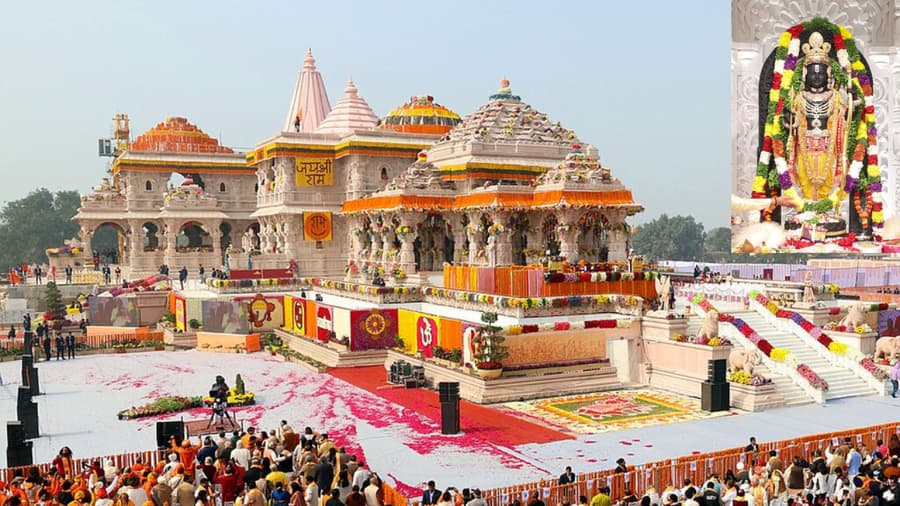Everything you need for the next trip
Popular Locations
Rental Options
- With Driver
- Self Drive
- Explore...
Ayodhya Tourist Places: Heritage Sites and Scenic Spots
This blog highlights the best Ayodhya tourist places, from the iconic Ram Mandir to ancient temples like Nageshwarnath and Hanuman Garhi. It explores the city’s spiritual heritage, architectural beauty, and culturally rich attractions, offering travelers a complete Ayodhya travel guide for a memorable and divine journey.
6 Min read in
02 Dec, 2025

Ram Mandir, Ayodhya